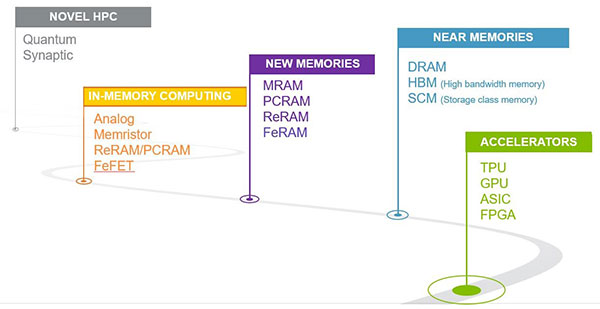SALDtech speeds up commercialization of Spatial Atomic Layer Deposition equipment for the display industry
Eindhoven, 22 May 2019 - SALDtech announced today that it has closed a second investment round with Innovation Industries, a leading high-tech VC fund and BOM, Brabant Development agency. TNO, through its subsidiary Holst Centre, has invested over 10 years in developing a new technology called Spatial Atomic Layer Deposition to produce large area ultra-thin layers with world class performance. SALDtech, a spin-off of TNO, will use the investment to develop and build production equipment to be integrated into the production lines of next generation flexible OLED displays for mobile phones, tablets, TVs and more.
(Photo: TNO)
“We are very pleased with this investment as it enables us to further develop our product and speed up our sales” Huib Heezen, CEO of SALDtech states: “SALDtech will continue to cooperate closely with TNO on process innovation and will use the expertise on high tech equipment as readily available in the Eindhoven area for our product development. We are delighted to now have two top Dutch investors in the form of Innovation Industries and BOM on board who are committed for the long term.”
“We are excited that we have been a part of SALDtech since its first round last year and that we can continue to support SALDtech’s growth by participating also in this financing round”, says Nard Sintenie, Partner at Innovation Industries. “SALDtech’s technology has the ability to change the way we are working and interacting with displays and thereby addresses a huge market.”
“SALDtech has the potential to become the leading supplier in the display market” according Jurgen Van Eck, Senior investment manager at BOM Brabant Ventures“ As such, the company will play an important role towards local suppliers. We are happy we are able to contribute towards the further development of SALDtech”
Founding institute TNO is delighted with the opportunity this second financing round offers to SALDtech. “Both Innovation Industries and BOM have multiple investments in TNO spin-offs, , which shows the potential of the research we are doing at Holst Centre and TNO for the Dutch high tech industry. This investment is the next step in strengthening the Dutch economic position and Brainport in particular.” says Jaap Lombaers, Director at TNO.
About SALDtech
SALDtech BV is a spinoff from the Netherlands Organisation for Applied Scientific Research (TNO) and is based in Eindhoven, The Netherlands. The company was founded in 2018 to further develop, build and sell commercial Spatial Atomic Layer Deposition (SALD) systems into the flat panel display industry. The SALDtech tool will help enable the production scale up of next generation display technologies. Related end product display markets include smartphones, tablets, TV’s as well a new form factor displays in (autonomous) cars and on practically every surface.
Contact:
Huib Heezen (CEO)
huib.heezen@saldtech.com
+31 (0)6 30615028



%20(1).png)









